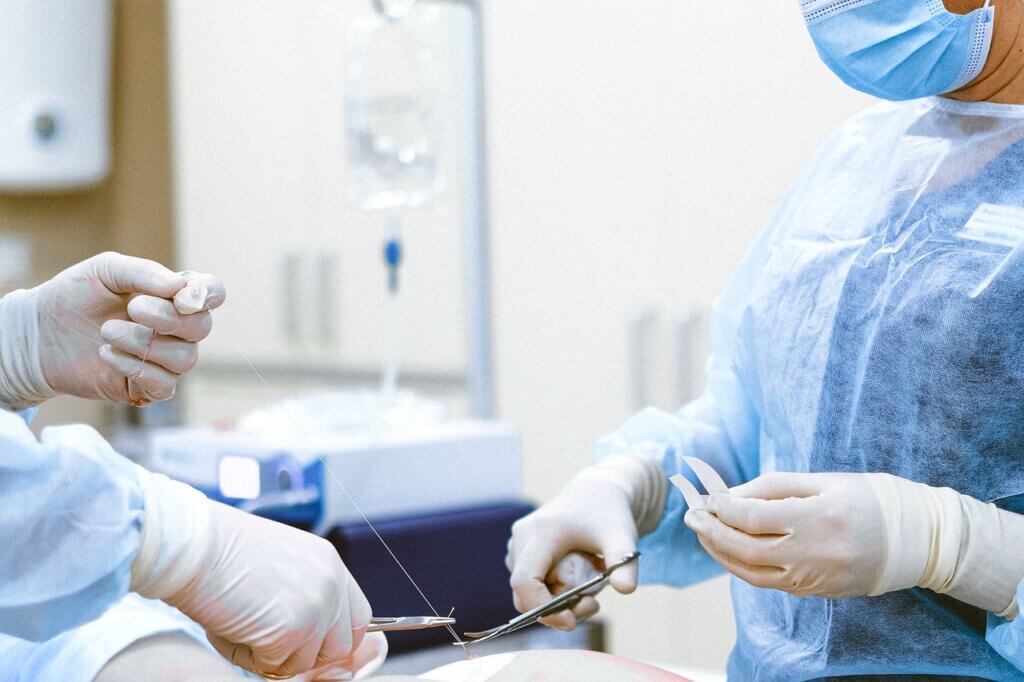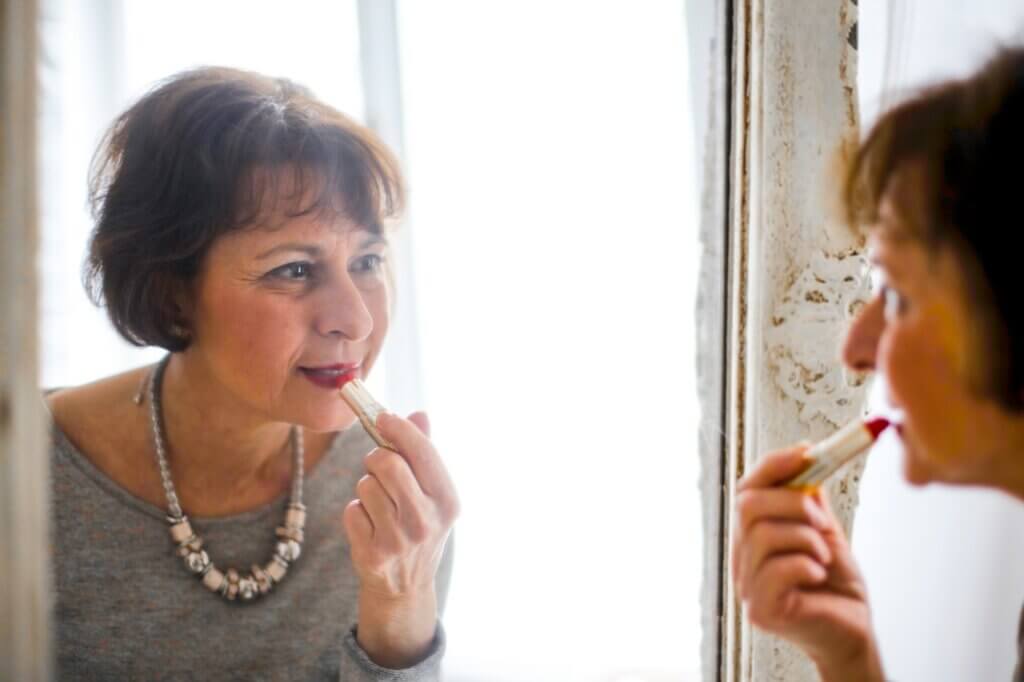As you age, one of the most common effects is a saggy and droopy neck, which not only makes you look old but also heavier than you are. It also makes your jawline not as defined or contoured.
There are many ways to fix that and get younger, smoother skin around the neck. Some of them are temporary like exercises, but some offer longer-lasting results like a neck lift.
Also known as a lower rhytidectomy, this is a surgical procedure that helps you get a slimmer, smoother, and more defined jawline by eliminating excess and saggy skin under the chin.
This procedure not only offers long-lasting and natural-looking results but also gives those results much faster than other procedures.
Some of the things that lower rhytidectomy fixes include:
- Excess fat around the chin
- Excess skin and fat relaxation in your lower face that causes jowls.
- Muscle banding on the neck, which results in abnormal contours.
You should consider a lower rhytidectomy if you notice that you have saggy skin around the neck or a double chin, but your upper face is still in good condition.
While it helps you restore a youthful look and makes the skin around the neck tighter and smoother, a lower rhytidectomy does not stop the aging process and does not change your primary appearance.
What To Expect During The Procedure
A lower rhytidectomy surgical procedure happens in an outpatient facility and only takes between 2 and 4 hours. Before the procedure, you should stop taking any blood-thinning medication and avoid smoking or taking alcohol.
The surgeons examine you to determine your overall health and the condition of your skin. Coupled with your goals, the examination results help the surgeon determine how to carry out the procedure.
The surgeon administers general or local anesthesia, then makes an incision under the chin. Through the incision, the surgeon removes all the excess fat and skin, then tightens the remaining skin to acquire a tighter and smoother look.
The surgeon also tightens the tissues under the skin. The surgeon then stitches the incisions together using skin glue or dissolvable sutures, then bandages the area.
What To Expect After The Procedure
Immediately after the surgery, you will notice that your neck feels tight. You might also experience swelling, bruising, and pain, which should go away after a few days. The surgeon will prescribe some medications and instructions you should follow to speed up the recovery.
Some of the things you should have close to you for the recovery period include:
- Ice packs for cold compress to reduce swelling.
- Towels and gauze to clean up the surgical areas.
- Antibacterial ointment and petroleum jelly.
- Comfortable and loose clothing, especially around the neck, to avoid bruising the incisions when putting them on and taking them off.
If the doctor used stitches to close the incisions, they could remove them after about ten days. You should avoid strenuous activities as that could result in bleeding or opening of the incisions.
You should also avoid alcohol and smoking as that slows down the healing. You can resume your daily low-intensity activities after a week.
Cost
The price of the procedure may differ depending on how much work you want to be done and the surgeon you visit. However, the average cost of the procedure is about $5,110. Some other additional costs you may incur for the procedure include:
- Anesthesia cost
- Medical tests
- Surgeon’s fee
- Prescription medication
- Surgical facility or hospital fees.

Non-Surgical Lower Rhytidectomy
While a surgical procedure is a fastest and most effective way to manage the loose excess skin and fat around the neck, you can choose other non-surgical alternatives. They are faster, less painful, and have lesser downtime than the surgical options.
They are also less expensive and have fewer side effects. Some of those non-surgical procedures include:
Botox
Botox is a type of injectable therapy that helps manage wrinkles and lose excess skin by inhibiting the motion of the underlying muscles. This is a painless procedure that has no or little time to heal.
It takes a little time for you to see the results, and to maintain those results; you have to get the injection after 3-4 months.
Injectable dermal fillers
Fillers like Juvederm, Bellafill, Sculptra, Dadiesse, and Restylane are injectables that the surgeon injects into the under layers of your skin. They help restore the lost volume on your skin and also reduce the appearance of wrinkles and fine lines.
Many surgeons use fillers made using hyaluronic acid because it promotes the production of collagen in the skin, which keeps the skin firmer.
Ultherapy
This treatment uses ultrasound to induce heat to the deeper layers of the skin. That stimulates the skin to produce more collagen to try and repair the damage, making the skin firmer and smoother.
The surgeon uses focused imaging, which helps them get to the right depth of the skin and use the right temperature to prevent any injuries and damages.
Microneedling
In this procedure, the surgeon uses fine thin needles to make punctures on the skin. That prompts your skin to produce more collagen, hyaluronic acid, and elastin o keep the skin smoother and tighter.
Kybella
If you only have excess fat on the neck with the right amount of skin, your surgeon will recommend a kybella procedure. The surgeon injects deoxycholic acid into your skin which helps break down and metabolize the excess fat cells.
One of the main disadvantages of these non-surgical methods of rejuvenating your skin is that you have to make multiple visits to the doctor for the results to last longer.
However, you can use them after having a surgical lower rhytidectomy because its results are also not permanent. These procedures could make the skin remain tighter and smoother for longer.
How To Find The Best Surgeon
Whether you want a surgical or non-surgical procedure, you have to ensure that you go to the best surgeon. Some of the considerations you should have in mind include:
- Education and training- Ask where the surgeon got his education and if they participated and passed all the necessary training sessions.
- Certification- Check whether the surgeon is certified to run the practice and if they are part of any societies or associations.
- Experience- Enquire about how long they have been in the field of work and how many similar treatments they have done.
- References and reviews- Ask a few of the clients about the services, or you can read customer reviews on their online platforms.








